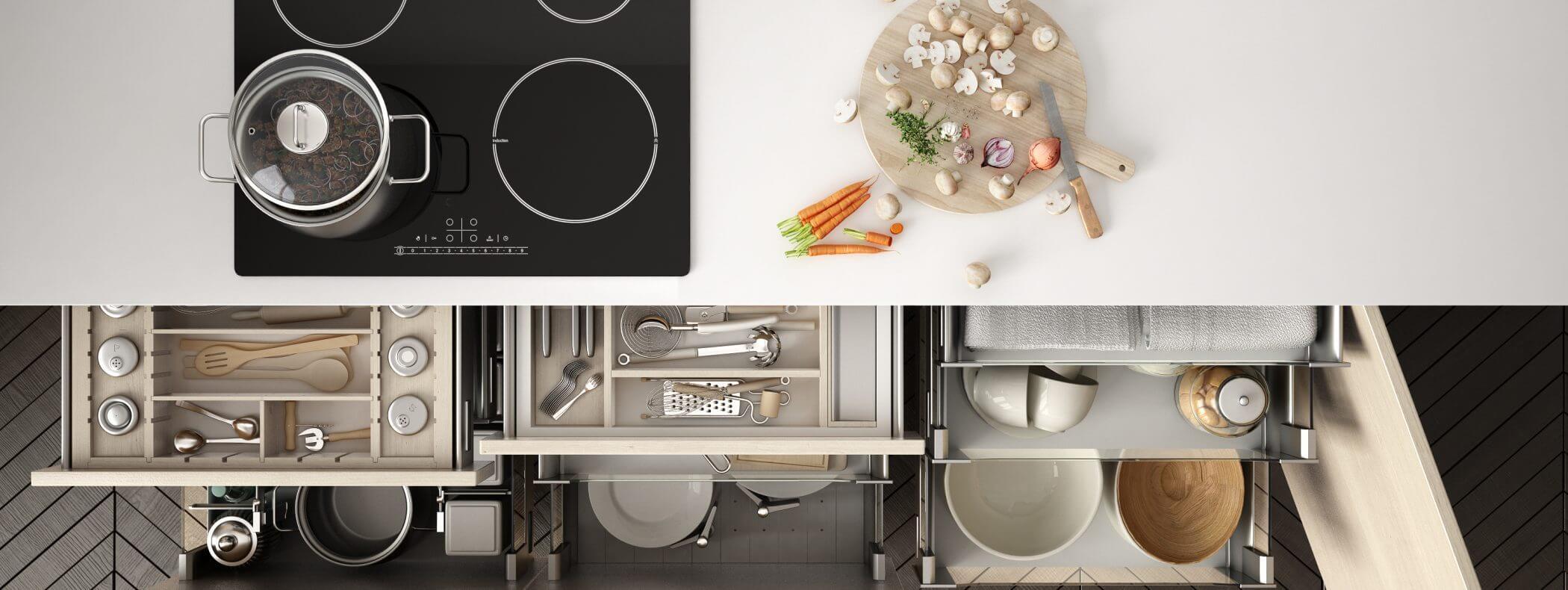7 Ways to to Refresh Your Space
BY ALLEGRA MUZZILLO
Our homes make a significant impact on our lives and experiences, and designing them with intention is really about letting each room perform the role for which it was meant. The bedroom should be a sanctuary, the bath a welcome respite. But when we lack proper systems and organization, our home – our live – can get seriously thrown out of whack.
Professional organizer Jamie Hord, of Horderly, and designer Melissa Levy, principal of Declutter + Design, share their tips for attuning your home to your needs – and maximizing the intention of each room.
Layout Is Key
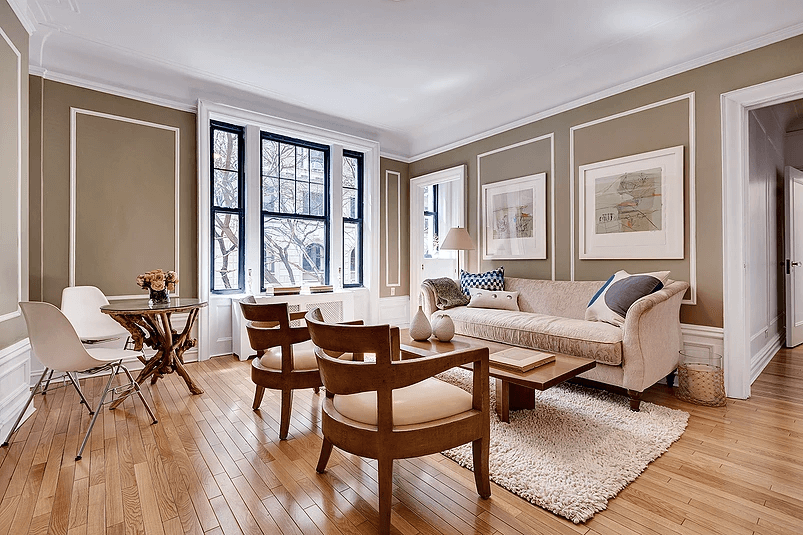
Is your sofa too far from the TV? Is your dining table blocking the French doors? The wrong layout can seriously hinder functionality, which prevents your home from reaching its full potential.
To get your space on the right track, ensure all walkways are clear of furniture and décor, and create uninterrupted sightlines to the outdoors, TVs and even your guests for an open-plan space.
Where you store items and where you set things down matters, too. “Create a cleared surface within arm’s reach of every seating area so you can rest a glass or plate,” Levy says.
For Hord, the Chinese practice of Feng Shui, or arranging spaces in relation to the flow of energy, or Chi, helps guide her strategy for a room. In the bedroom, for example, facing the bed toward the door is “bad chi” and can impact your sleep. Instead, you can “create symmetry and balance by positioning your bed in the middle of a wall with two matching night tables on either side,” Hord says.
Lighting Matters
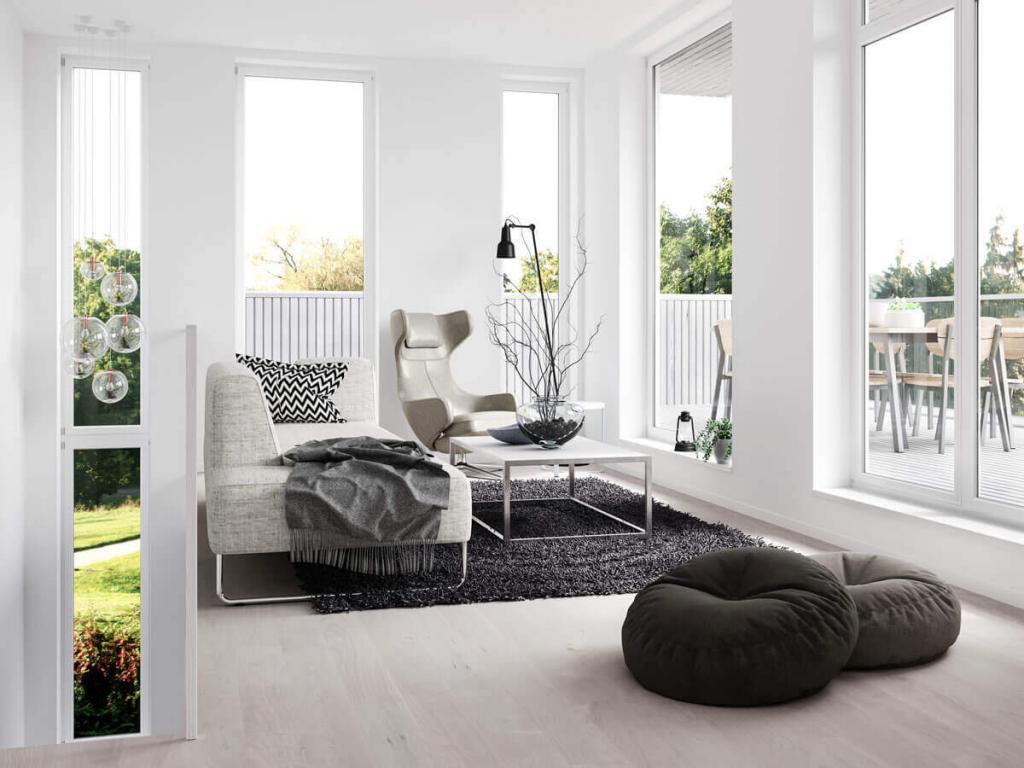
For maximum functionality, every room should offer more than one lighting option, such as an overhead light, a table lamp, and task lighting. Dark nooks, closets, and pantries can also benefit from tap lights, according to Hord.
The warm glow of a table lamp placed in an entry is both comforting and essential, says Levy, and a lamp on a nightstand naturally makes for good reading. For an easy lighting fix, she recommends adding Lutron’s wireless switches and dimmers, which let you control lighting right from your phone.
Don’t forget about window coverings, either. “Use proper curtains for each room,” Hord says. “Their various opacities – sheer, semi-opaque, blackout – suit different natural lighting needs.”
Create Warmth in a Living Room
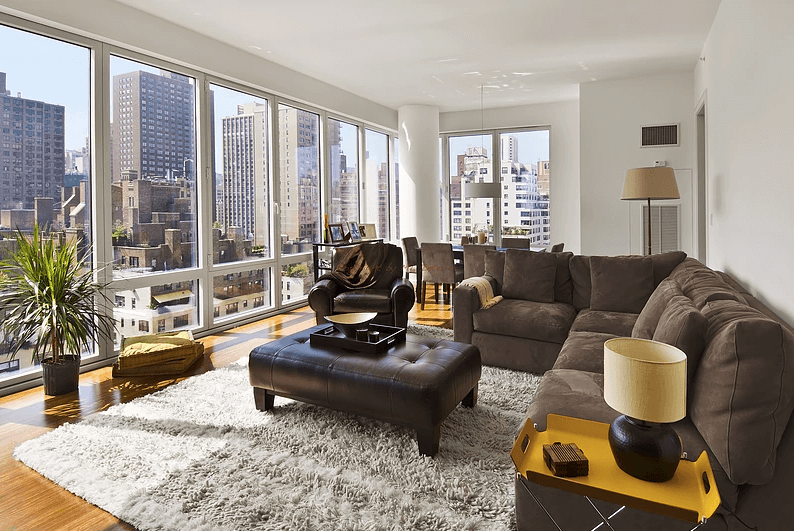
Decor items—such as chunky throws, down-filled accent pillows, and soft rugs—help bring warmth into a living room, as does decluttering. “Most people get so comfortable with their belongings,” Hord says, “that they become oblivious to the clutter.”
If your living room serves double or triple duty as an entertaining space/playroom/TV room, you can create “organized zones” for each area and set up “vignettes with purpose, like a reading nook, music area or gaming area,” Levy says.
For overall order, consider floor-to-ceiling storage options that include open and closed storage or freestanding cube shelving for things like books and toys. “No one wants to feel like they’re at a daycare when they’re trying to have a glass of wine with friends,” Hord says.
Eliminate Tech in the Bedroom
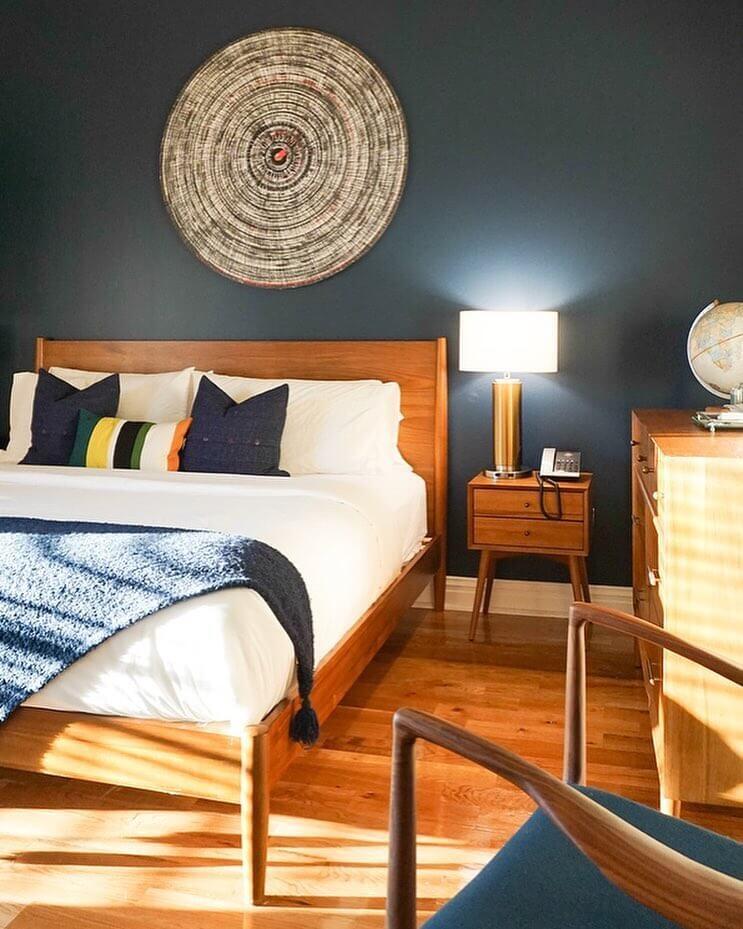
Why is technology bad for the bedroom? Bedrooms are for sleeping, not checking Instagram at all hours of the night. Things like phones, tablets and computers (except maybe, Kindles) create unnecessary distractions and are actually harmful to restful sleep.
Before retiring for the night, Hord advises her clients to deposit their phones in a small basket located inside their closets. “When they’re shut inside, it’s just easier not to grab them,” she says.
Or Levy suggests designating a small technology zone outfitted with a multi-use charging station in the kitchen, home office or living room for overnight charging.
Maintain Order in the Bathroom
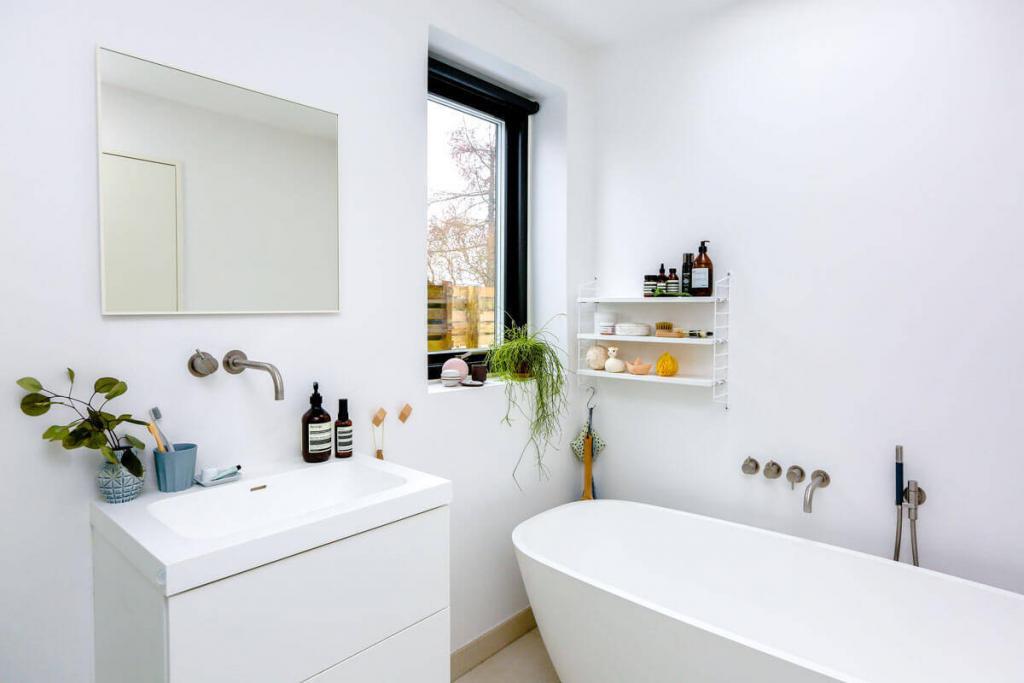
Perhaps one of the easiest places to start streamlining, says Levy, is the bathroom. Her rule: If it’s past its expiration date, toss it.
Hord sets limits for new products. “Stick with only three at a time, and use or toss them before moving on,” Hord says. “Give go-to items prime real estate and store duplicates and backups elsewhere.”
To maximize space, you can use stackable drawers inside cabinets to vertically store and organize and handy drawer dividers to compartmentalize smaller items in drawers. Double-duty storage systems, such as a concealable door cabinet with a mirror, can work “miracles,” too, Levy says.
Keep the Office Out of the Kitchen
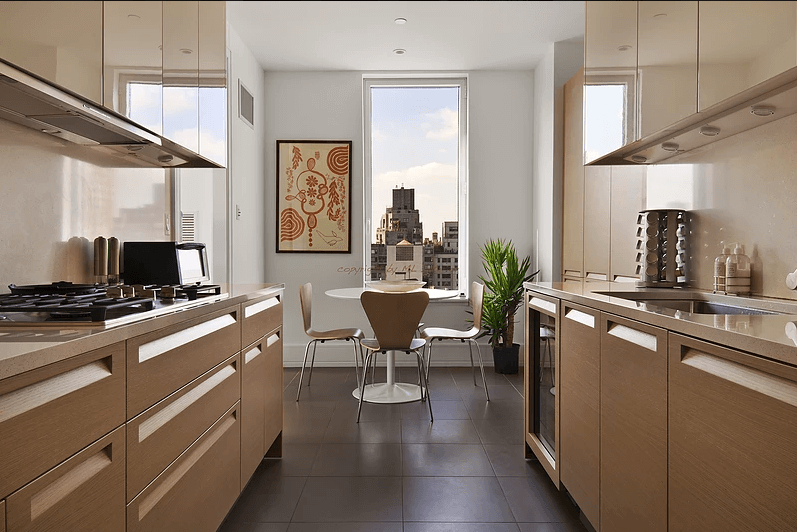
The kitchen is usually the heart of the home, but too often, it becomes a dumping ground. With some thoughtful editing, you can keep this space guest- and chef-ready. Clearing the countertop and designating just one attractive catch-all for mail and other items keeps you focused on preventing overflow, Hord says.
Levy discourages keeping a junk drawer. “It devolves into clutter and chaos very quickly,” she says. “Keep odds and ends in the home office, or another ‘command center,’ instead.”
Maybe you work from the kitchen island, and a home office isn’t in the cards? Hord recommends using a rolling cart. “This way you can easily tuck away all things office once it’s time to eat,” she says.
Closets Aren’t Catch-alls
“When closets are in disarray,” says Levy, “you can guarantee that the rest of the home is struggling. But once they’re properly organized, it’s a game-changer for how the rest of the home flows.”
Both Levy and Hord recommend starting with a selective purge in which you designate piles for keeping, tossing and donating. Then focus the contents of each closet around the category – entry, sports, linen, etc. “Nothing else should go there except for what’s useful to its purpose,” Levy says. “This encourages the feeling that each closet is a sacred space, only to be used for its intended purpose.”
According to Hord, designing and organizing your spaces with intention can become its own reward. “Disorganization equals chaos, frustration, and stress,” she says, “So when you introduce a system for each room to function with intention, you save money, time and energy. It’s really life-changing.”

